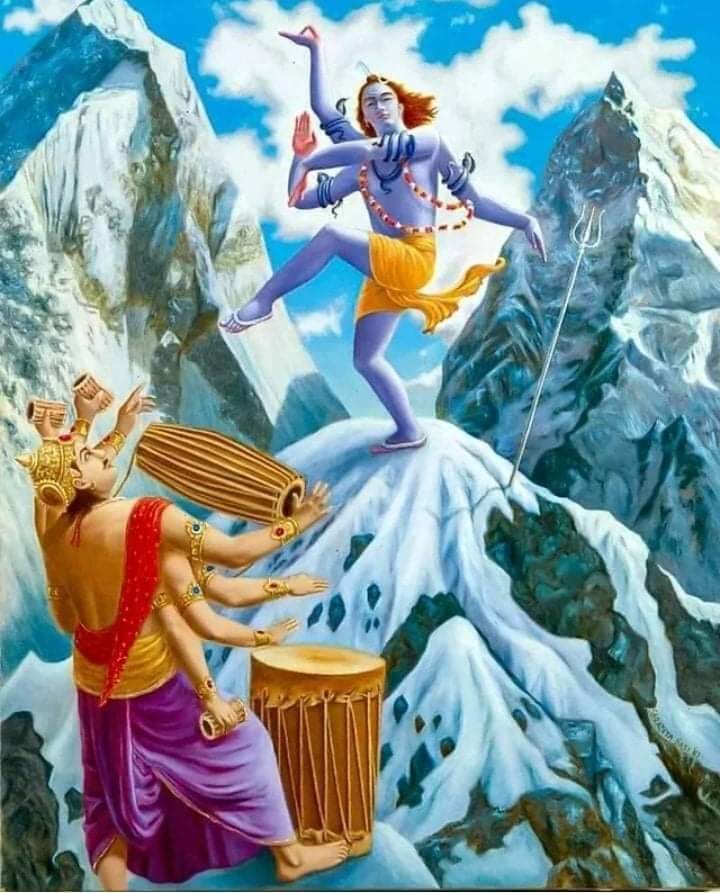
Did you know?
Shahu Sambhaji Raje Bhosale (or Shahuji) (1682–1749 CE) was the 5th Chatrapati of the Maratha Empire created by his grandfather, #ChhatrapatiShivajiMaharaj
Surprising little is known about this Great Chatrapathi who ruled for a long 42 years and...

Shahu Sambhaji Raje Bhosale (or Shahuji) (1682–1749 CE) was the 5th Chatrapati of the Maratha Empire created by his grandfather, #ChhatrapatiShivajiMaharaj
Surprising little is known about this Great Chatrapathi who ruled for a long 42 years and...


...under his rule the Maratha Empire spread North, East and South.
Shahu was the son of Chatrapati Sambhaji Maharaj and his queen,Yesubai.After the torture and barbaric execution of his father at the hands of the Mughals,Shahu and his mother were taken away as prisoners by them.
Shahu was the son of Chatrapati Sambhaji Maharaj and his queen,Yesubai.After the torture and barbaric execution of his father at the hands of the Mughals,Shahu and his mother were taken away as prisoners by them.
Shahu was therefore raised in Mughal captivity. He was released and fought a civil war with his Aunt Queen Tarabai to establish his Kingdom in Satara.
Shahu was a excellent judge of character and a benevolent king.
Shahu was a excellent judge of character and a benevolent king.
He was soon able to acquire the loyalty of many competent people (such as the Bhosales of Nagpur, the Holkars, the Shindes, the Gaekwads, etc), who saw to it that Maratha dominance reached its zenith during the reign of Shahu.
Maratha dominance also extended beyond the boundaries of Maharashtra and into other western regions (Gujrat) and parts of central India (Madhya Pradesh and Jharkhand), and to the east (Orissa and Bengal), as well as southwards to Tamil Nadu and Karnataka.
They ruled many provinces (Indore, Baroda, and Gwalior) in different parts of India, and also collected chauth (revenues) from many states.
Though officially Shahu proclaimed his loyalty to the emperors of Delhi, it was a fact that the Mughal emperors themselves looked...
Though officially Shahu proclaimed his loyalty to the emperors of Delhi, it was a fact that the Mughal emperors themselves looked...
...towards the Marathas for their preservation. The Marathas played a prominent role in installing and deposing emperors at Delhi.
If Peshwa Bajirao is considered to be the most important figure after Chatrapathi Shivaji Maharaj in making...
If Peshwa Bajirao is considered to be the most important figure after Chatrapathi Shivaji Maharaj in making...
..the Maratha Empire a dominant force in 18thcentury India,Chhatrapati Shahu Maharaj was the one who saw his potential at a young age and bestowed him with power & authority to do so.
On the Jayanti of #ShivajiMaharaj today,let's not forget about this Chhatrapati.
Jai Bhavani🙏
On the Jayanti of #ShivajiMaharaj today,let's not forget about this Chhatrapati.
Jai Bhavani🙏

• • •
Missing some Tweet in this thread? You can try to
force a refresh

















